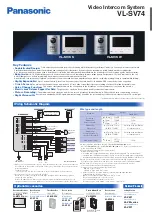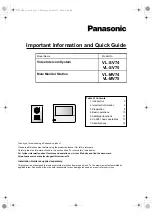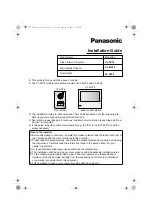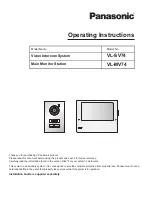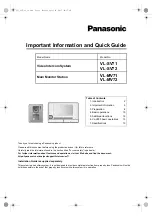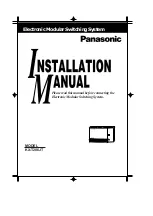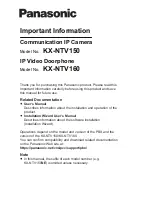
ELECTRO-VOICE
®
X-Line Very Compact
TM
Rigging Manual
48
Specifically, this means that, when the AGCD adapter grid is used in any of the configurations
shown in Figure 15d, the structural rating of the adapter grid will always exceed the structural
ratings of either the XLD281 or XLC (, XLC215 or XLC118) loudspeaker systems. Thus,
if the structural rating is not exceeded for any loudspeaker in the column, the structural rating of
the adapter grid will not be exceeded.
When Using the AGCD Adapter Grid in Any of the
Configurations Shown to Support a Column of
XLC and XLVC Loudspeaker Systems, the
Structural Rating of the Adapter Grid Will Always
Exceed the Structural Rating of the Loudspeaker
Systems for any Vertical Tilt Angle. Thus, If the
Structural Rating Is Not Exceeded for Any
Loudspeaker in the Column, the Structural Rating
for the Adapter Grid Will Not Be Exceeded.
3.7 Wind Loading
The XLVC loudspeaker systems have been designed to withstand winds of up to 60 miles per
hour (96.6 kilometers per hour) if the bottom cabinet is rigidly secured. For obvious safety
reasons, Electro-Voice urges the user not to suspend any loudspeaker systems overhead
outdoors when high winds are expected. When suspending XLVC loudspeaker systems outdoors,
the user is strongly encouraged to rigidly tie off the bottom cabinets in all arrays as a safety
precaution against unexpected high winds.
A pull-up grid with an attached strap may be used to secure the bottom cabinets. The tie-off
assembly must have a working-load rating of 2,000 lb (907 kg). A ratchet strap with a 2,000-lb
working-load rating must be used for the pull-up assembly.
3.8 Electro-Voice Structural-Analysis Procedures
Electro-Voice maintains a structural pull-test facility in Burnsville, Minnesota USA which includes
load cells with digital-electronic display and recording. The load cells are calibrated annually by an
independent laboratory to a standard traceable to the United States National Bureau of Standards.
This pull-test facility is capable of pulling to destruction both individual rigging components and
complete loudspeaker systems.
Electro-Voice utilizes state-of-the-art computer-modeling programs for structural analysis through-
out the development of loudspeaker systems. The computer modeling enables the complex forces
in the rigging components and enclosures to be analyzed for loudspeakers assembled into arrays
in both static and dynamic conditions.
Structural testing and computer modeling were used throughout the engineering development of
all the XLVC individual rigging components and complete loudspeaker systems described in this
manual. Testing and modeling involving both anticipated use and anticipated misuse were per-
formed as part of the analysis. Engineering prototypes were stressed to failure and designs were
revised based on those test results. Production systems and components were stressed to failure
for verification of the final designs.
Figure 15d:
AGCD Adapter Grid Complex Structural Ratings























